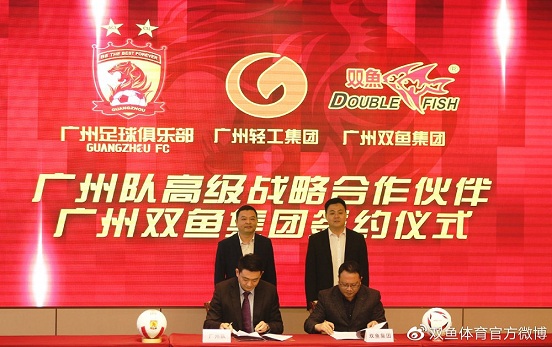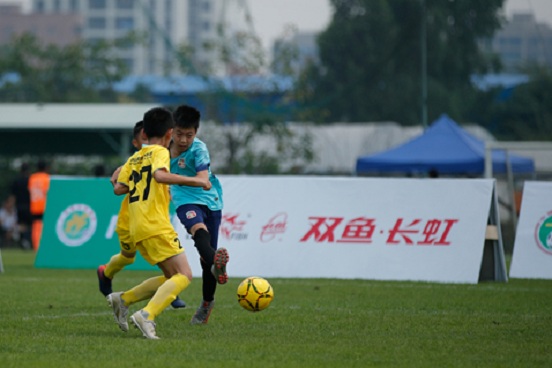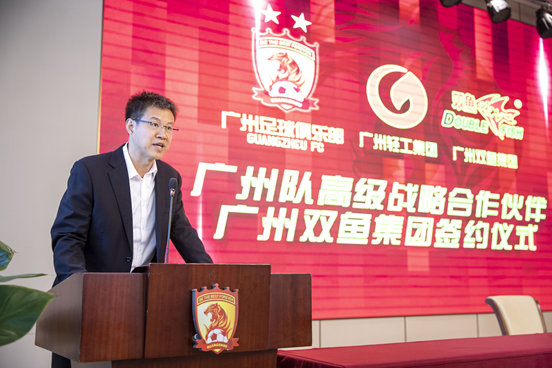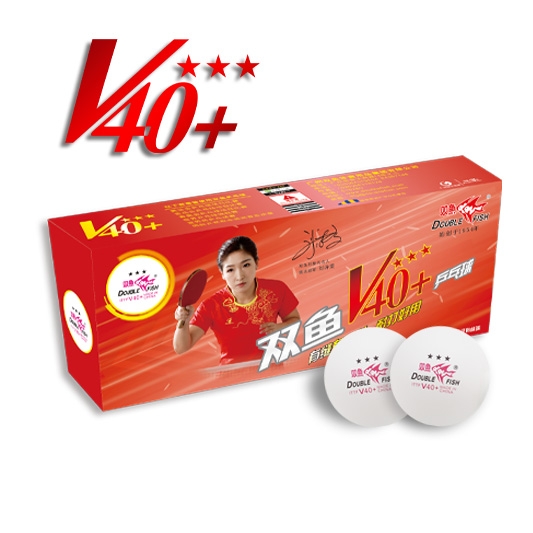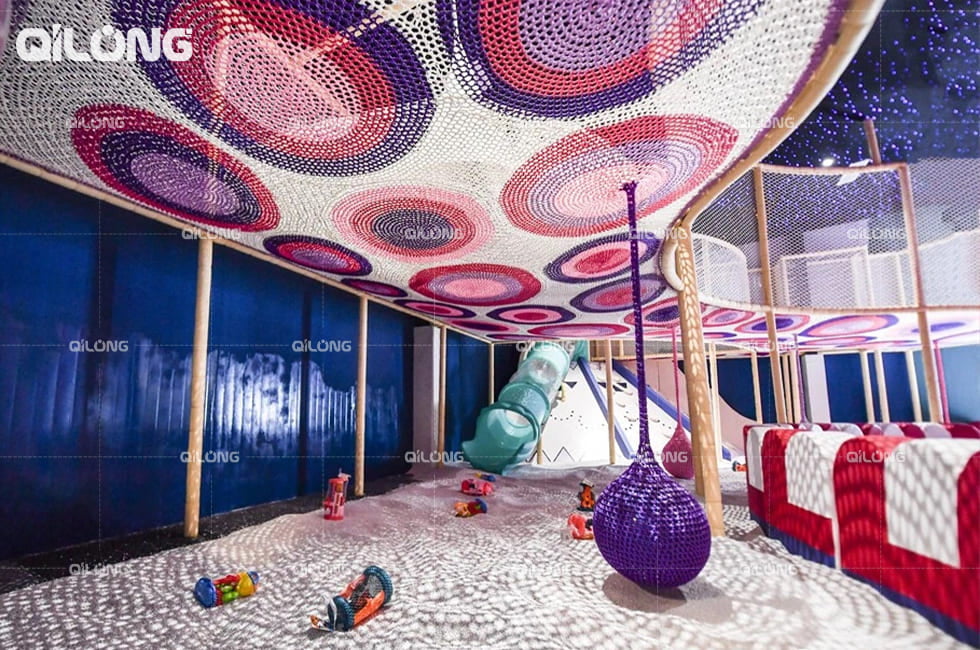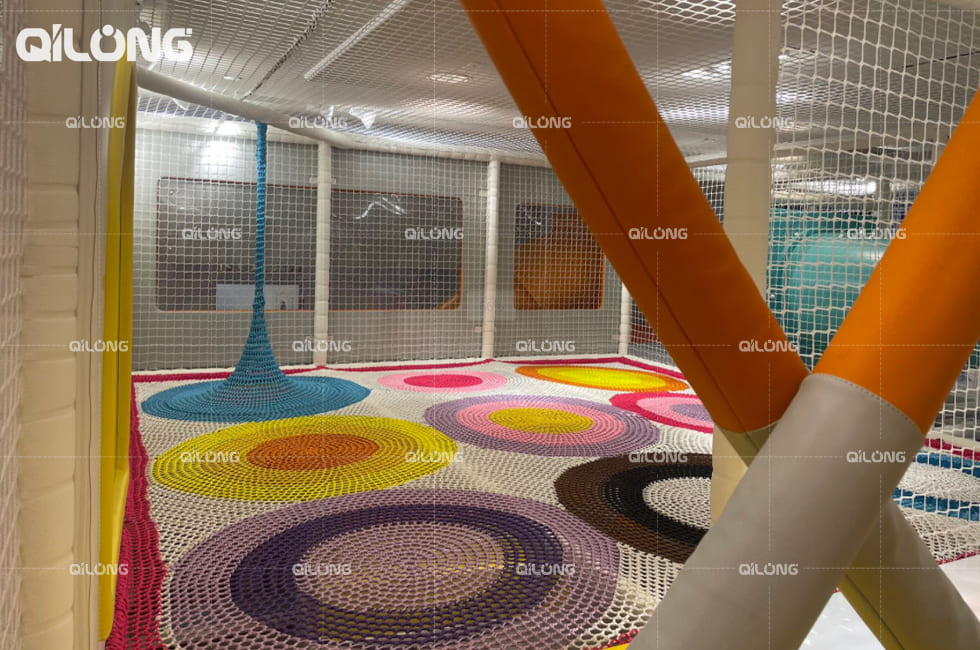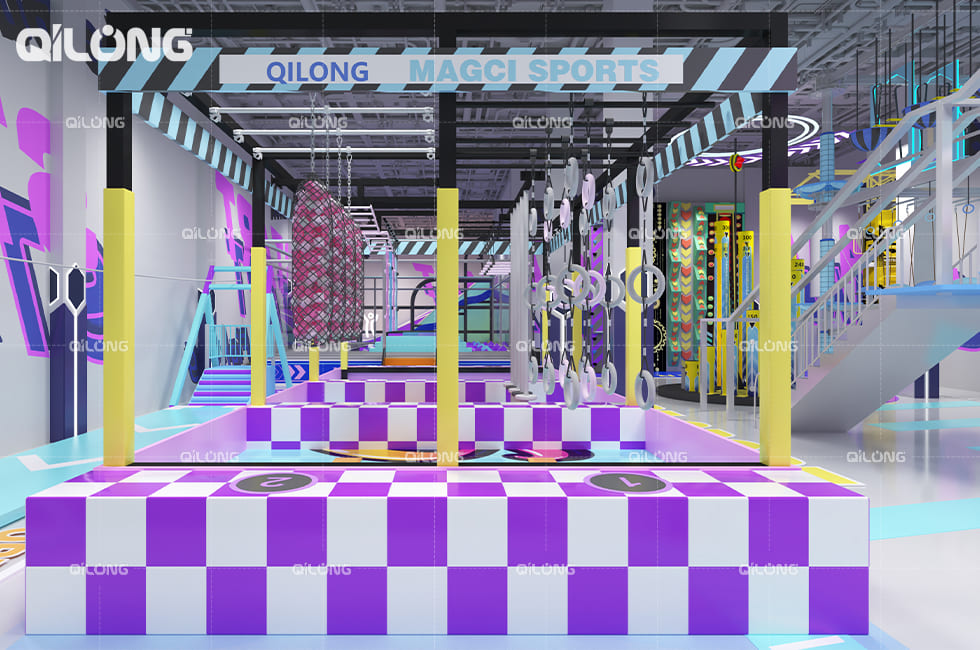Picnicking, as a way to connect with nature and unwind, is beloved by people of all ages. However, unpredictable weather and damp ground can sometimes dampen the fun. In such cases, a waterproof picnic blanket becomes an essential companion. This article will detail how to choose and maintain a waterproof picnic blanket to ensure a more enjoyable picnic experience.

1. Choosing the Right Material for a Picnic Blanket
The material is a key factor when selecting a picnic blanket. Feisteloutdoor Waterproof picnic blankets are typically made from PVC, PEVA, or high-density Oxford fabric. These materials are not only waterproof but also eco-friendly and durable.
-
PVC and PEVA Materials:
Picnic blankets made from PVC and PEVA have smooth surfaces and evenly distributed waterproof layers that effectively block moisture. While slightly heavier, these blankets are highly resistant to wear and tear, making them suitable for long-term use. They are also easy to clean—simply wipe with a damp cloth or rinse. -
High-Density Oxford Fabric:
High-density Oxford fabric blankets, often made from 600D or higher-grade fabric, feature special waterproof coatings for excellent water and moisture resistance. They are soft, comfortable, and wear-resistant, making them ideal for various outdoor settings. Additionally, they are foldable, lightweight, and portable—perfect for camping or long trips.
2. Key Considerations When Buying a Waterproof Picnic Blanket
-
Size:
Choose a size that fits your needs. For family gatherings, opt for larger blankets to accommodate more people and items. For couples or small families, a medium or small-sized blanket is sufficient, being both lightweight and portable. -
Portability:
Select a lightweight, foldable picnic blanket for easy transport. Some brands offer picnic blankets with a foldable design that turns into a compact handbag, making it easy to carry with one hand. -
Waterproof Performance:
To assess a blanket’s waterproof quality, check its material, thickness, and test its water resistance. High-quality waterproof picnic blankets are typically thicker with evenly applied waterproof layers. You can pour some water onto the blanket to see if any moisture seeps through.
3. Using and Maintaining Waterproof Picnic Blankets
-
Proper Usage:
Lay the picnic blanket flat with the waterproof side facing down to prevent moisture from seeping through. After use, fold and store the blanket as instructed, and avoid prolonged exposure to sunlight to extend its lifespan. -
Cleaning and Care:
Clean your picnic blanket promptly after use to prevent stains from setting. Use a damp cloth to wipe or rinse it gently. Avoid using abrasive brushes that might damage the waterproof layer. Air-dry the blanket and avoid high-temperature drying or prolonged exposure to sunlight. -
Precautions:
While durable, waterproof picnic blankets should be kept away from sharp objects to prevent punctures. Regularly inspect the waterproof layer for any damage and repair or replace it if needed.
4. Other Waterproofing Methods
If you already have a non-waterproof picnic blanket, the following methods can enhance its waterproofing capability:
-
Waterproof Sprays:
Waterproof sprays designed for fabrics can be evenly applied to the surface of a picnic blanket to create a water-resistant layer. Be sure to follow the instructions carefully. -
Waterproof Bags:
Consider using a waterproof bag to encase your picnic blanket. This method effectively prevents moisture from seeping through, even on rainy days or wet grass. -
DIY Waterproofing:
Outdoor enthusiasts can DIY waterproofing using materials like wax or silicone. Apply these to the blanket's surface to create a waterproof layer. However, this method requires patience and skill and may not be as effective as professional materials.
Conclusion
By selecting the right waterproof picnic blanket and following proper usage and maintenance tips, you can enjoy picnicking in any outdoor setting. Whether for family gatherings, romantic outings, or camping adventures, a waterproof picnic blanket is an indispensable companion for a better outdoor experience.


